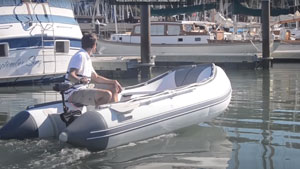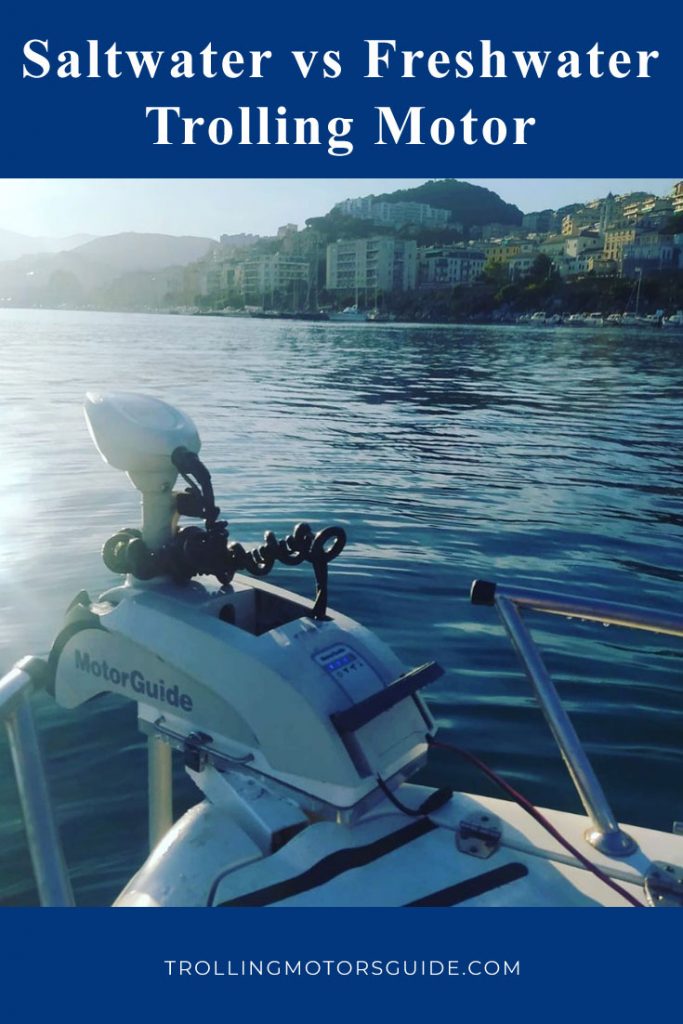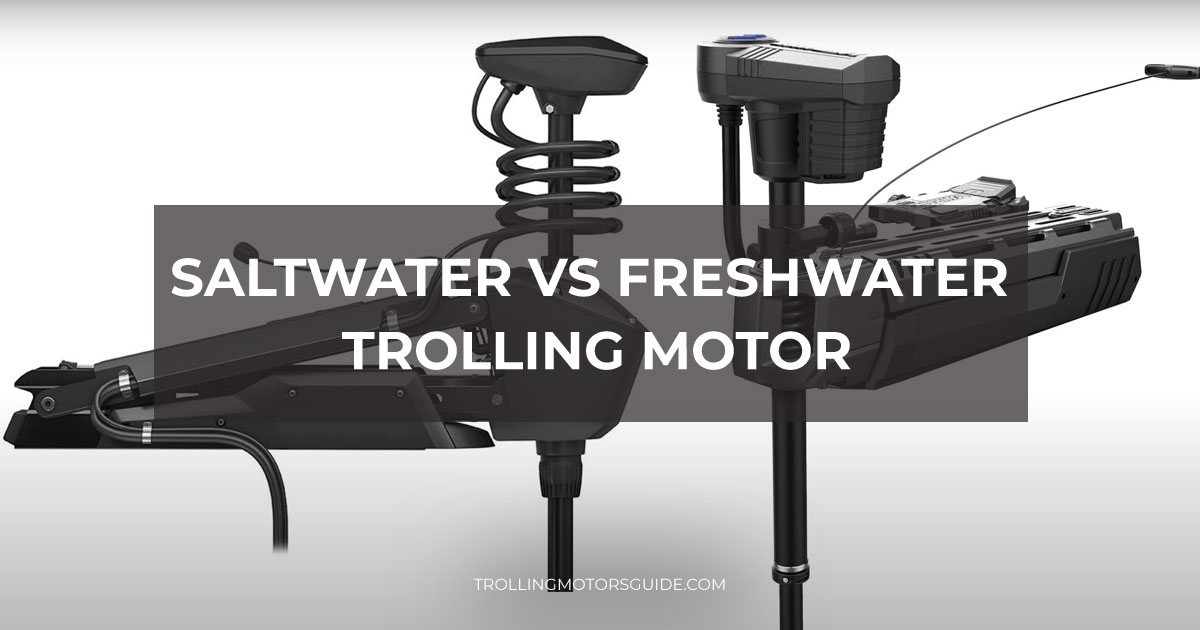
Before we go into the different types of trolling motors and how they differ, let’s first understand what a trolling motor is for the sake of those who don’t know.
A trolling motor is a motor that includes a propeller and controls used for controlling and maneuvering a boat through the water. Trolling motors are affixed to a boat’s stern or bow, and they can be powered by gas or electricity.
Electric powered trolling motors come in three different power configurations, that is, 12 volts, 24 volts, and 36 volts. Trolling motors with 36 volts are more powerful and larger than those that use 24v or 12v motors.
Both gas-powered and electric-powered trolling motors can be affixed to almost any boat. They are both easy to install and use. However, electric-powered trolling motors are more popular because they are quieter than gas-powered ones.
Types of Trolling Motors
There are two main types of trolling motors: Freshwater trolling motors and saltwater trolling motors. These motors can either be electric-powered or gas-powered. They can be affixed to any type of boat, and they are easy to use.
Saltwater

Saltwater trolling motors are made of materials that are resistant to rust and corrosion. Mainly because saltwater contains a ton of ions, which is why it corrodes metal.
Besides that, the electronic components of a saltwater trolling motor are also enclosed to prevent rust and corrosion.
Freshwater
Freshwater trolling motors are not designed the same way as saltwater trolling motors. That is, they don’t have a special coating and other protections to prevent rust and corrosion.
This is because freshwater is not as corrosive as saltwater. But, this is not to say that it cannot corrode metal, but it will take some time before any rusting or corrosion occurs.

Similarities
Both saltwater and freshwater trolling motors come in varying thrust powers for different boat sizes. A small boat needs 30 pounds of thrust to move it, while a big boat needs about 112 pounds of thrust. This also means that a small boat only needs a 12-volts motor to move it, while a big boat, depending on how big it is, needs a 24volt motor or 36-volt motor to move it.
Differences
#1
Saltwater trolling motors are engineered differently from freshwater motors because saltwater is quite corrosive. They are designed using high-grade materials like stainless steel that are resistant to rust and corrosion. On top of that, the motors are sprayed with a special type of paint that prevents rusting and corrosion.

#2
The electric components of a saltwater motor are sealed to guard them against rust and corrosion. But probably the biggest difference between these two trolling motors is a small metal component located underneath the motor called a sacrificial anode.
In saltwater motors, the sacrificial anode is covered and coated with a special coating that prevents rust and corrosion. Since saltwater corrodes metal faster than freshwater, if the sacrificial anode does not have a protective coating, the performance of the motor will reduce drastically.
#3
The other difference is that most freshwater motors are operated manually. That is, they are controlled either by hand or foot. These controls are somewhat tricky to master if you are new to trolling motors. But with some practice, you’ll find them to be useful when it comes to controlling and steering a boat.
#4
Another difference is price. Saltwater trolling motors are more expensive than freshwater trolling motors. This is because the saltwater versions have protective features that prevent rust and corrosion.
And because of these protective features, saltwater trolling motors can be used in freshwater.
However, freshwater trolling motors cannot be used in saltwater because they don’t have protective features that help prevent rust and corrosion.
Which is Better?
It all depends on whether you are fishing in saltwater or freshwater. Both motors perform well; however, freshwater motors cannot be used in saltwater. So when it comes to fishing in saltwater, a saltwater trolling motor is the best option. But for freshwater fishing, either of the two can do.

When it comes to price, a freshwater motor is more ideal if you are on a budget. Freshwater motors generally cost less than saltwater motors because they don’t have corrosion-resistant protections. However, if you are looking to buy a freshwater motor that comes with all the bells and whistles like Sonar systems, GPS systems, and wireless controls, that will cost a lot more.
If you are comparing the motors in regards to boat size, both motors come in varying thrust powers for different boat sizes.
Final Remarks
Saltwater motors and freshwater motors perform equally well, and they come in varying thrust pounds for different boat sizes. The only difference between these two motors is that saltwater trolling motors have protective features because saltwater is more corrosive to metal than freshwater.


